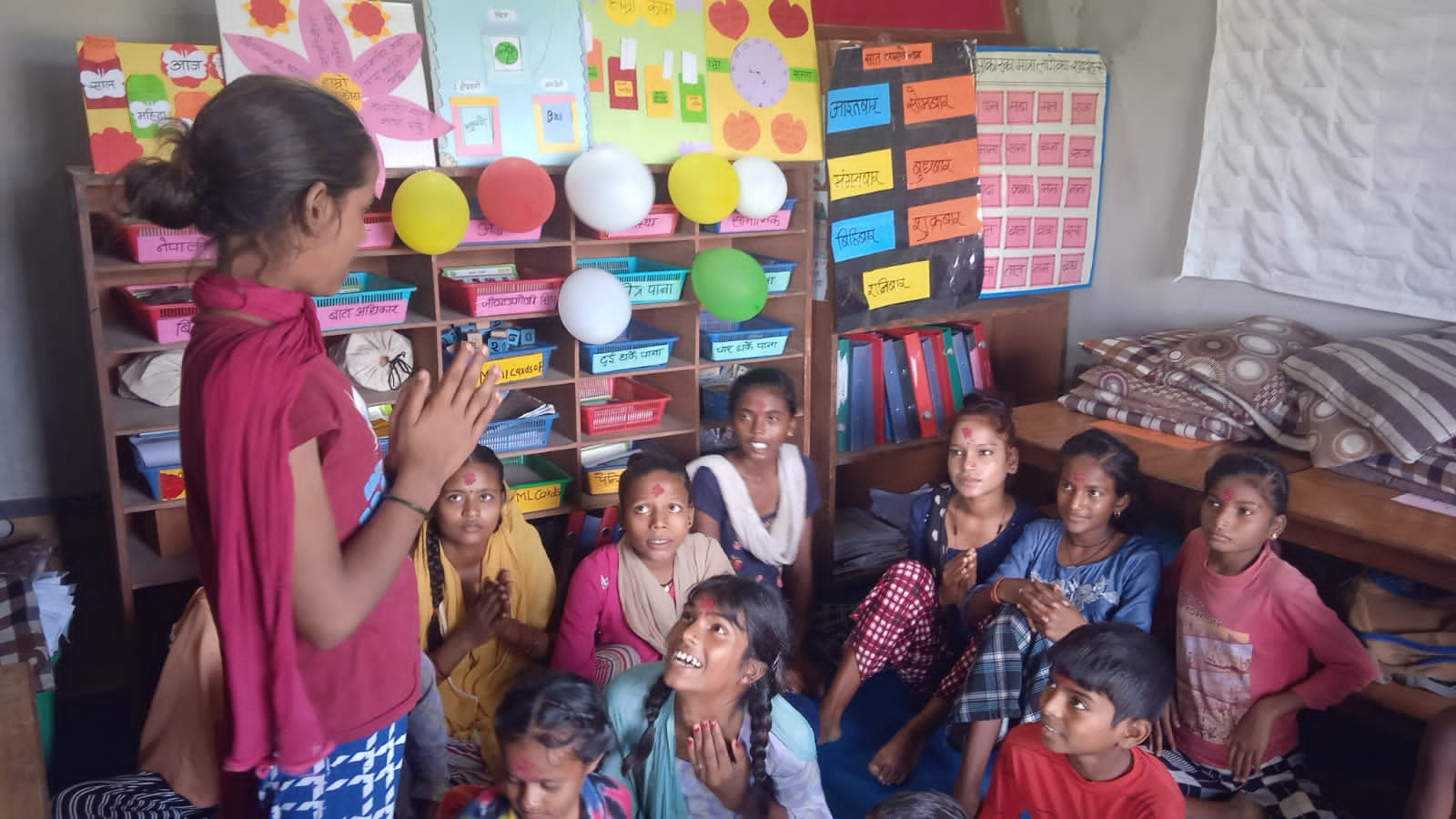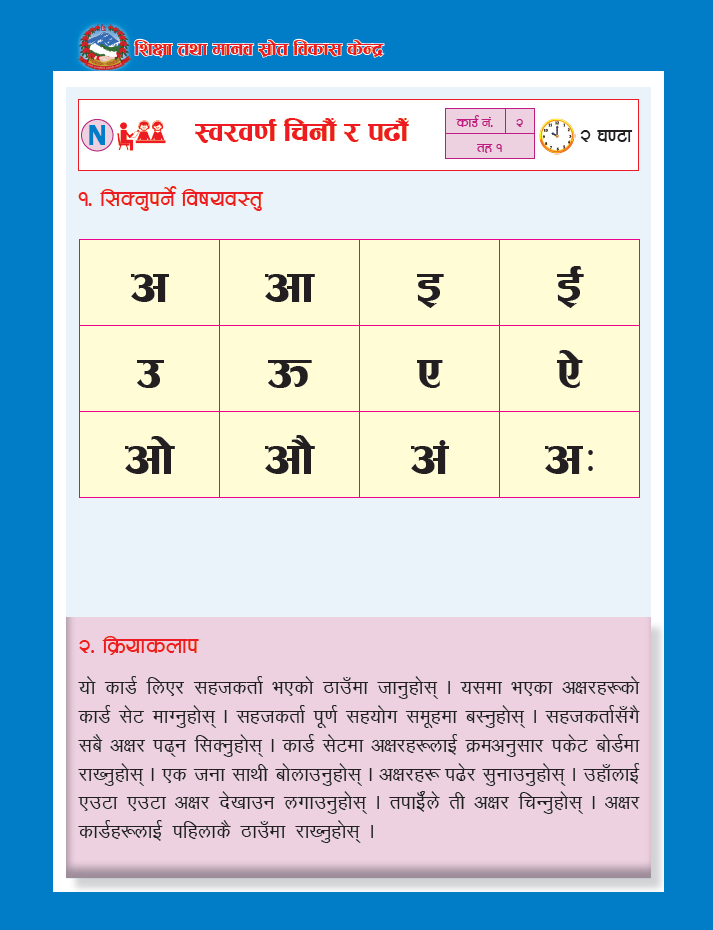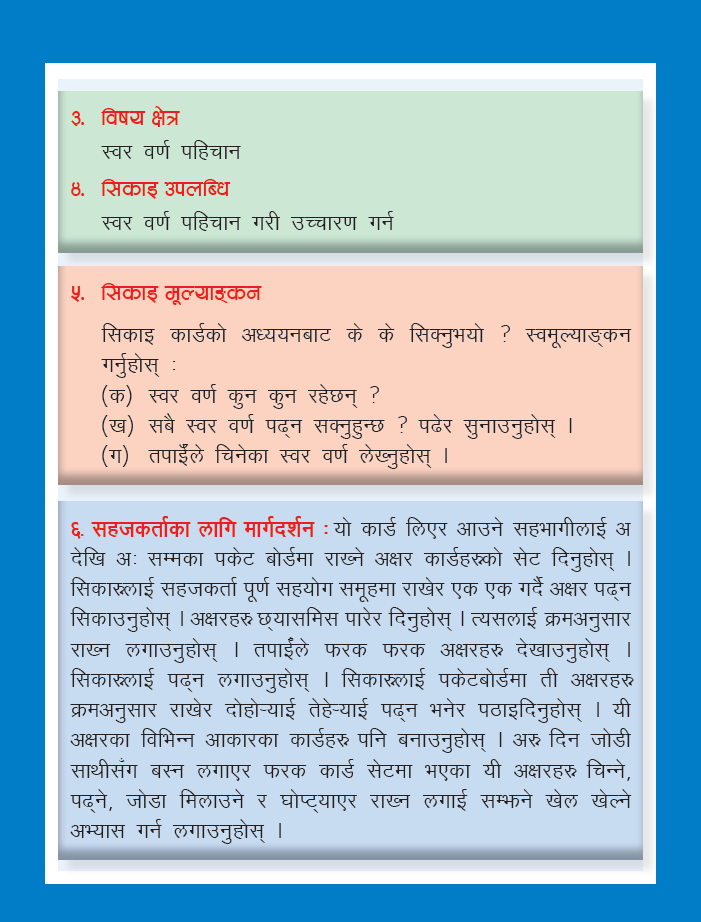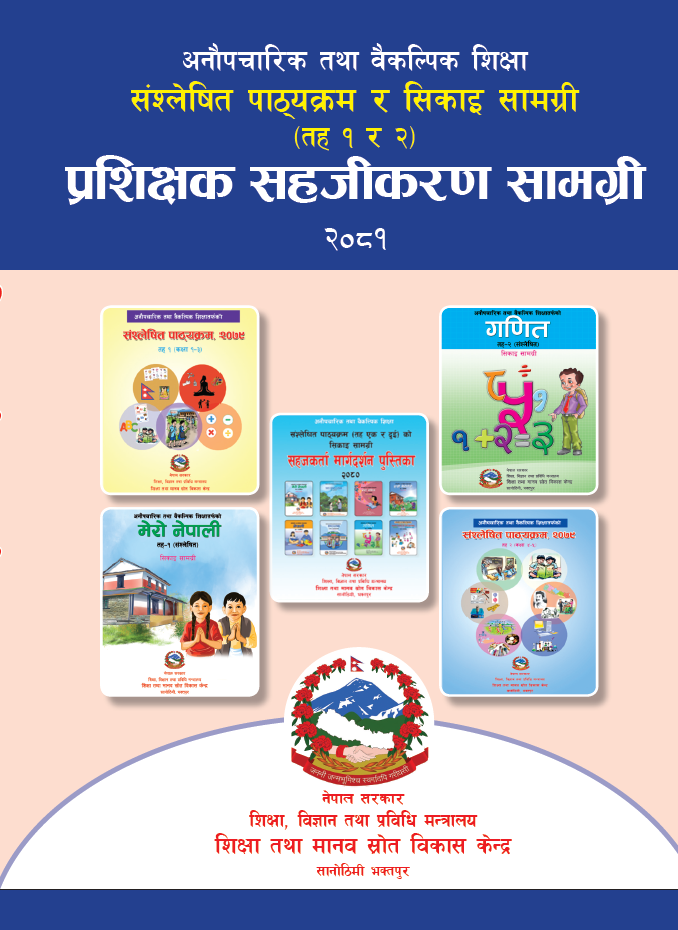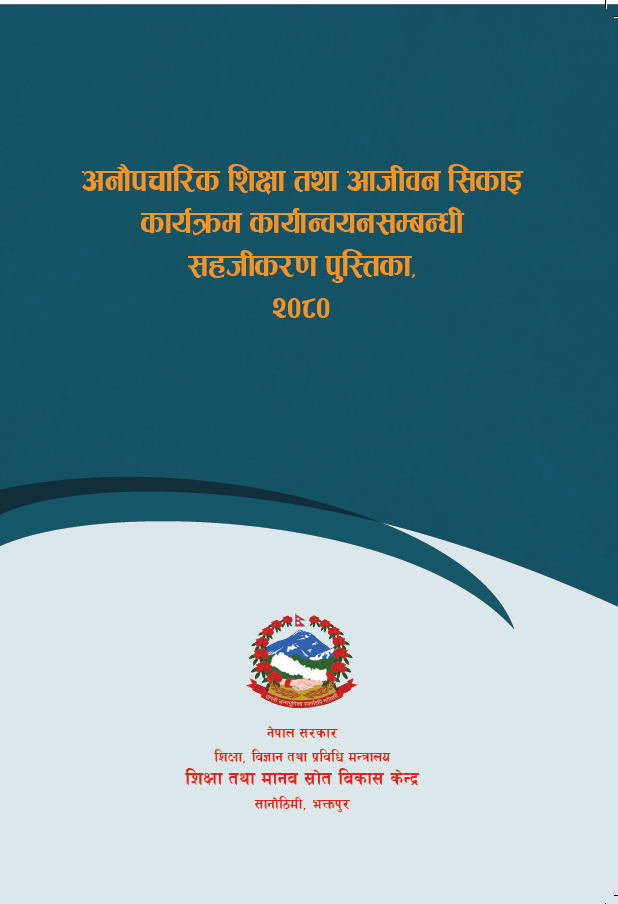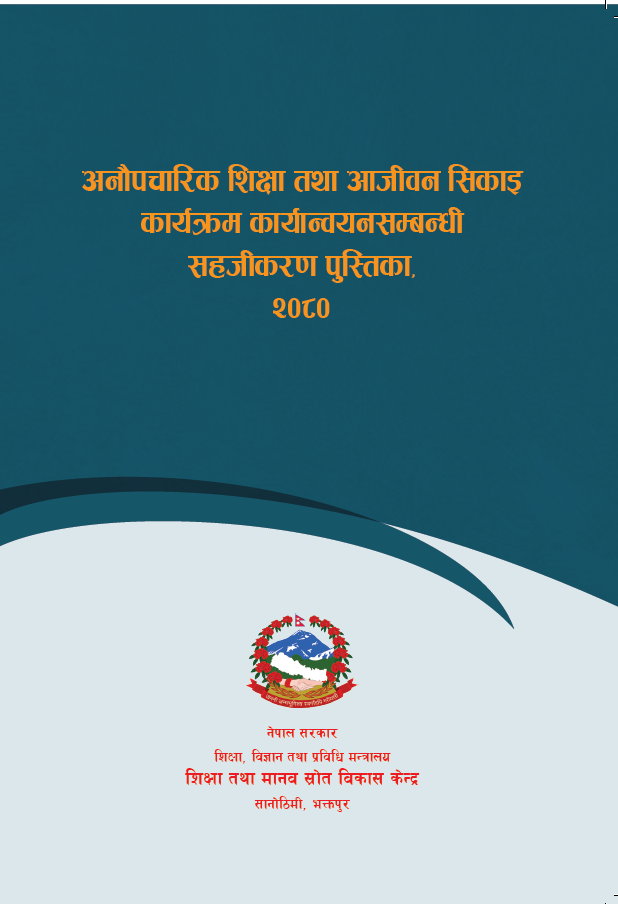
Funded By- UNICEF
The Constitution of Nepal 2072 guaranteed compulsory and free education up to the basic level and free education up to the secondary level for all children as a fundamental right. To ensure this, the government has been prepared and implemented a Compulsory and Free Education Act, 2075 and its regulations, 2077. According to the Act, citizens who do not complete basic education by 1st of Baisakh, 2085 will be disqualify to receive the services and benefits from the state. In this context, the local government needs to develop and implement policies, programs, and procedures to ensure the out-of-school children, adolescents and youth to complete at least the basic level of education before the stipulated deadline. This program has been launched for supporting a noble task of the local government through an alternative educational model.
The Statistical data show that there is still a significant number of adolescents and youth are out of school, they have not completed the basic level education yet, have dropped out of school. Most of them are engaged either in child labor or other risky activities in urban/rural life.
The national statistics indicate that 24% of children are still deprived of basic education (source: Flash report 2022/23). Furthermore, the basic literacy and mathematical skills of children are only 39% and 37%, respectively (Source: NMICS), which is extremely low and concerning. Various research reports highlight those issues such as urban migration, poverty, weak economic conditions, gender discrimination, and social exclusion are interrelated complexities causing a failure to complete basic education.
In this context, on the basis of Non-Formal Education Plan of government of Nepal, The SN has been operating a flexible program like the KSK for out-of-school children, adolescents, and youth aged 10 to 19 in urban/rural settings. In addition, to implement the program effectively, the SN has conducted a tri-party agreement between local municipalities, local CLC/NGOs, and SN in six phases starting from 2015/16. From the beginning, a partnership model has been adopted for cost sharing and Public-Private Partnerships (PPP) have been primarily embraced in this program. Right now, in the sixth phase is focused on to ensure the right to compulsory and free basic education for out-of-school adolescents and youth by aligning with local government policies and education plans, and to mainstream the children and addoloratos in formal school as well as expand or adapt the program by the local government based on its relevance and needs.
- Objectives of the Program:
- Enhance human resources capacity and create Trainer Manuals for Alternative Learning Program (ALP) Levels 1 & 2 in targeted provinces.
- Support local government mainstream and scale up harmonized Non-Formal Education (NFE) solutions for adolescents that include areas related to numeracy, literacy, life skills, and learning-to-earning opportunities, Mental Health and Psycho-Social Support (MHPSS), including strengthening referral services for adolescents with specialized needs.
- Leverage domestic finances and local level resources by providing capacity development to local governments in areas of planning and budgeting to increase budget allocations to finance NFE solutions such as KSK that, will include data analysis, budget analysis, and advocacy with local government officials.
Target
OOSC/A: 10,055
School Reenrollment through CLC Mobilization: 6,033 OOSC
CLC: 627
District: 20
LGs: 245
Province: Madhesh and Lumbini

